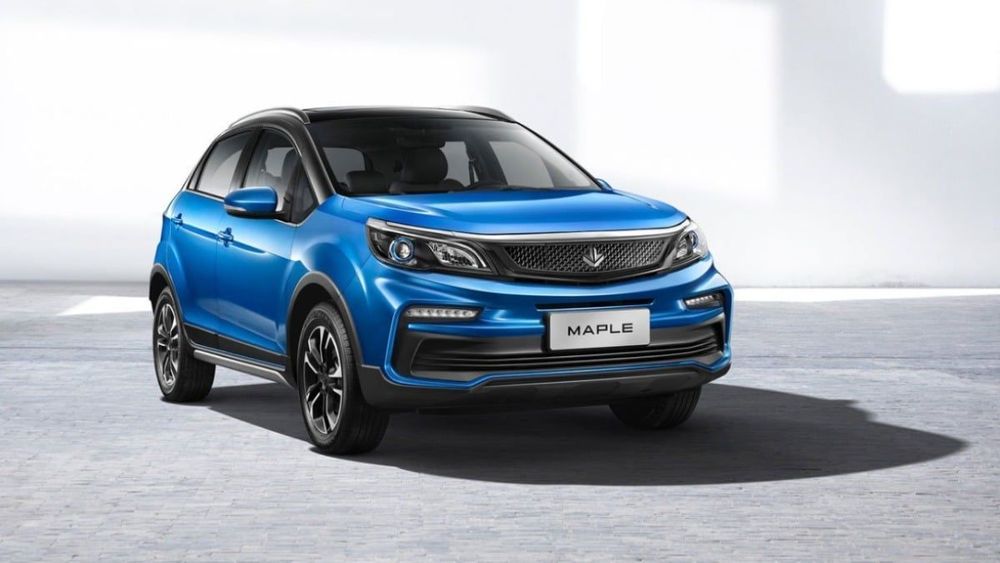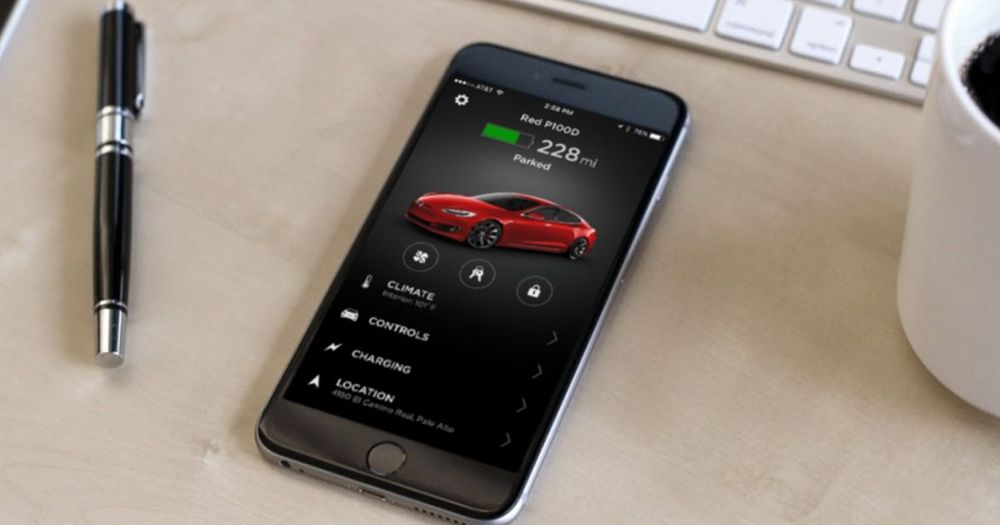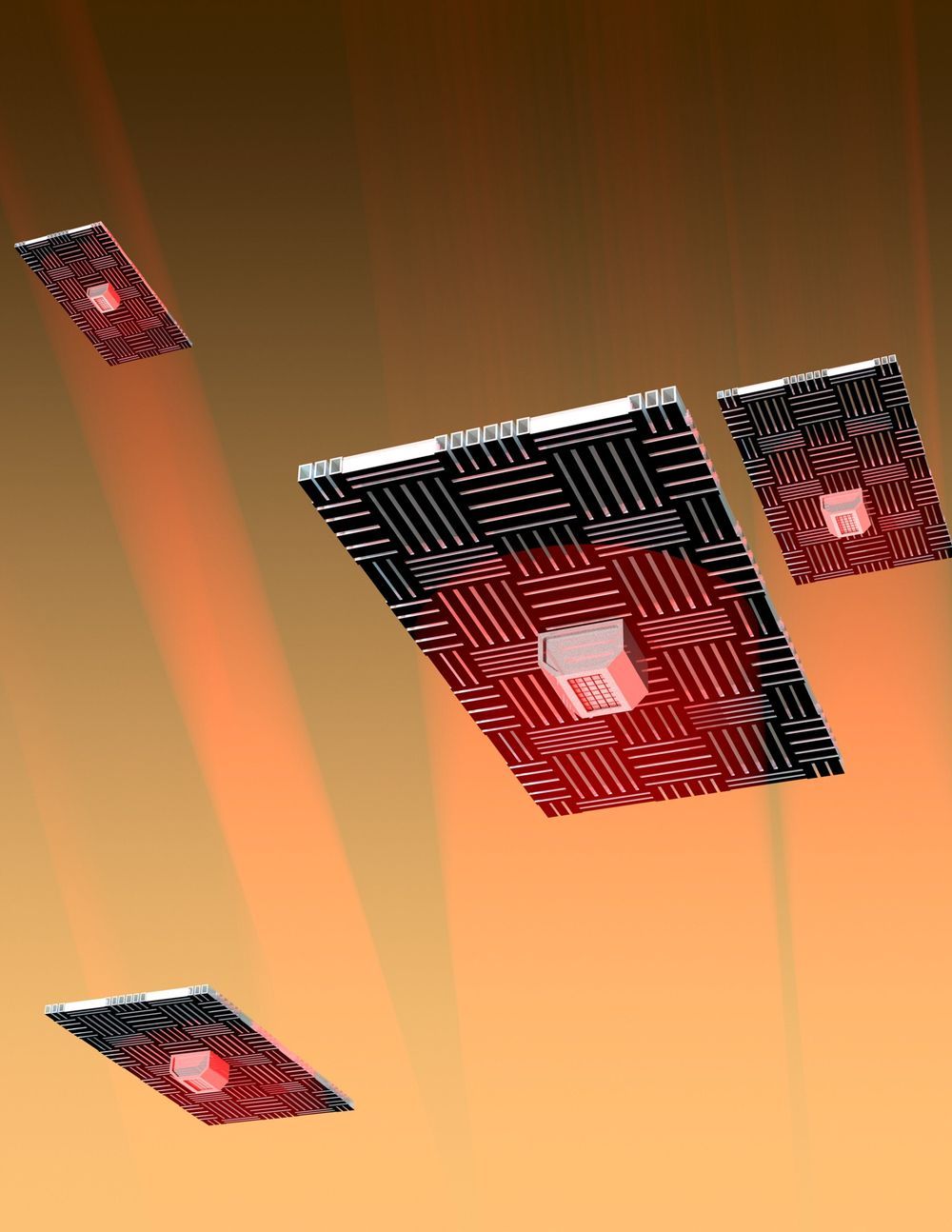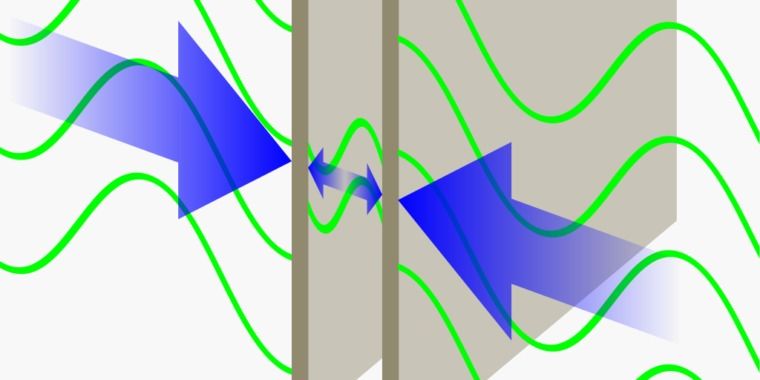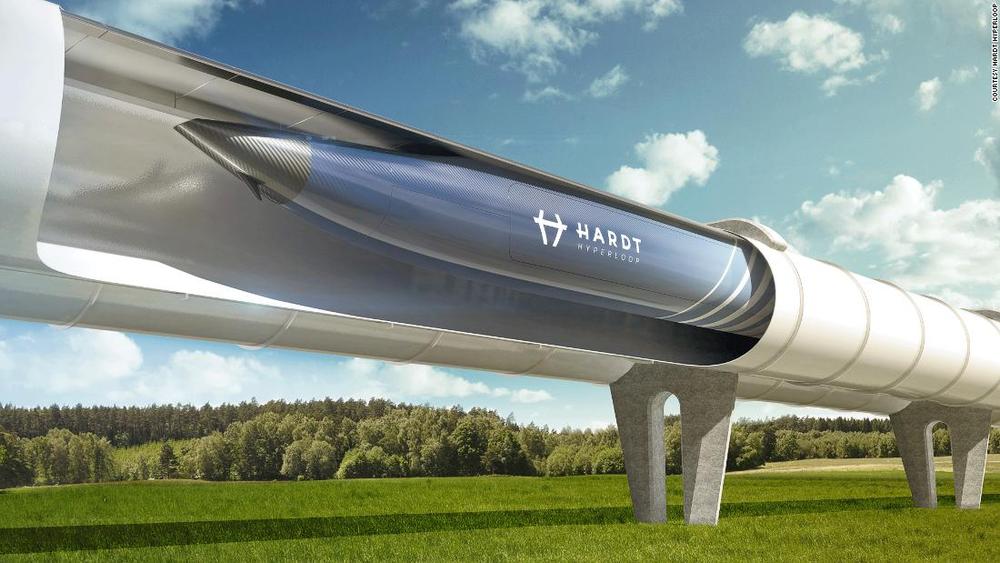Tesla patents a new NCA electrode that is likely going to be used in its new battery cell built in-house, which is expected to be longer-lasting and cheaper.
We previously reported on Tesla’s battery research partner, Jeff Dahn and his team at Dalhousie University, unveiling the impressive results of tests on a new battery cell that could last over 1 million miles in an electric vehicle.
The new battery tested is a Li-ion battery cell with a next-generation “single crystal” NMC 532 cathode and a new advanced electrolyte, which they patented.
